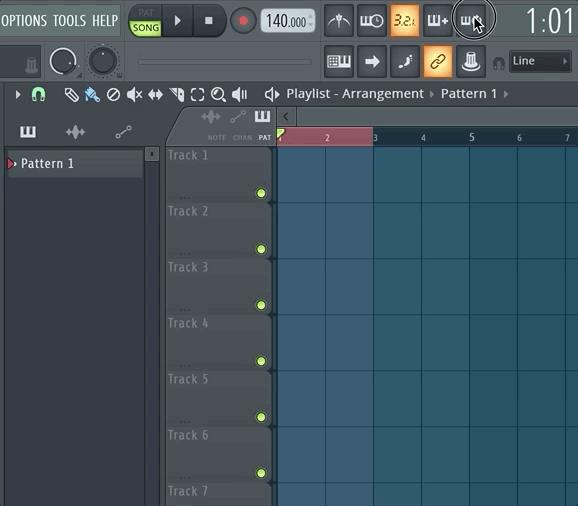

You can find this option by going to the main tool bar and selecting “Options” and clicking “Audio Settings.” There, you’ll see your Input/Output Device. The quick fix for this is changing the buffer length on your selected soundcard. This is the most common scenario when dealing with optimization issues. In the example above, I’m merely using a quarter of a single GB, yet my CPU usage is clocked out at full capacity. Most projects won’t use more than 1GB of RAM. I personally have never used or even seen anyone use more than 2.5GB in an FL Studio project.

They recommend having at least 4GB of RAM or more, not 8. The minimum requirements are listed here on Image Line’s official website. These same people will recommend that you have 8GB of RAM or more. Many people will tell you that you need to upgrade your RAM. Well, one thing you should notice right away is the difference between the CPU usage (the red bar that says 100) and the RAM usage (251MB). Are you tired of hearing pops, clicks and static when you play your beat? Does your CPU usage bar look like this?


 0 kommentar(er)
0 kommentar(er)
